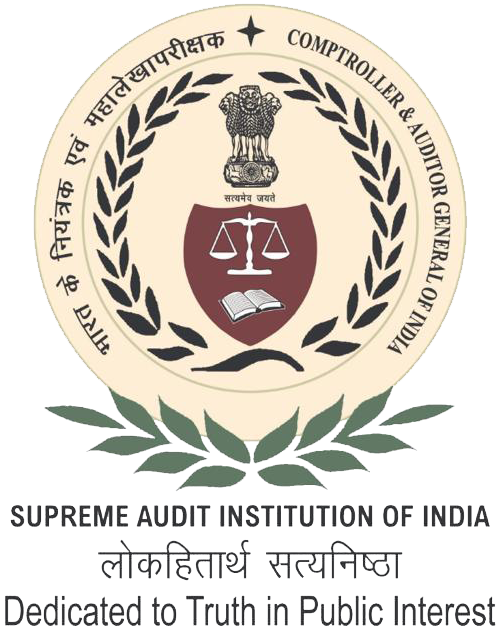- Home
- About Us
- Function
- Resources
- Tour Program
- Publication & Reports
- Contact Us
- Employee Corner
Audit Reports
Performance

Civil
Report No. 13 of 2011 – Performance Audit of National Institutes of Technology of Union Government, Ministry of Human Resource Development
Date on which Report Tabled:
Tue 06 Sep, 2011
Date of sending the report to Government:
Government Type:
Union
Union Department
Civil
Sector
Education, Health & Family Welfare
Overview
There were 20 Regional Engineering Colleges in India for disseminating technical education established between 1956 and 1987 (except REC Patna which was established in 1886). With a view to provide advancement of learning, instructions and research in branches of engineering, technology, management, education and sciences etc. the Government of India upgraded these Regional Engineering Colleges during the period 2002 to 2006 to be the institutions of national importance and renamed them as National Institutes of Technology (Institutes).
A performance audit of these Institutes disclosed that in 10 test-checked Institutes the admission of students in five streams of Civil Engineering, Electronics and Communication Engineering, Mechanical Engineering, Chemical Engineering and IT Engineering remained much below the intake capacity and 1.38 to 42.31 per cent seats in UG courses and 3.13 to 87 per cent seats in PG courses remained vacant in some of the years whereas in other years they admitted students more than the intake in the range of 0.83 per cent to 23.89 per cent in UG courses and 3.30 to 116.67 per cent in PG courses.
It was observed that new courses were introduced without ascertaining the need of dissemination of knowledge in the concerned fields. This is corroborated with the fact that NIT Durgapur and Silchar introduced two new UG courses during the year 2009-10 wherein 37 and 10 seats constituting 62 and 33 per cent of the intake capacity remained vacant. Similarly, in 12 new PG courses introduced during 2006-07 to 2008-09 by NIT Kurukshetra, Bhopal, Silchar and Surathkal 52 to 83 per cent seats remained vacant.
Of the 88 UG and 191 PG courses, 45 UG and 137 PG courses were not accredited from National Board of Accreditation (NBA) by the above 10 NIsT. This indicated that the quality of education of these courses could not be ensured on the basis of the criteria fixed by the NBA.

